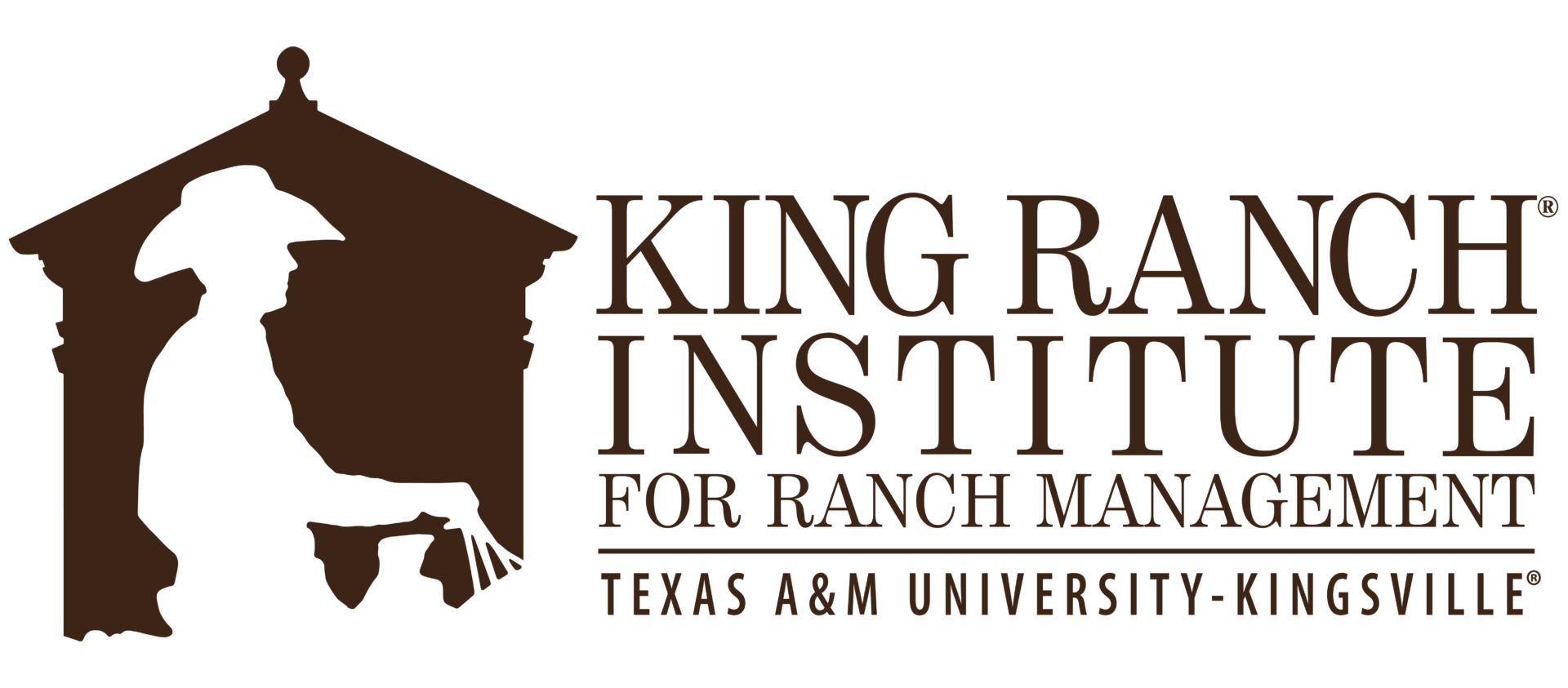by David Delaney, M.S. & Rick Machen, Ph.D.
The 19th Annual Holt Cat Symposium on Excellence in Ranch Management, “Ranching in the 21st Century: Learn Proven Strategies from Industry Leaders” was full of impactful ideas and examples straight from the best minds in the industry.
Below is a brief overview of the most common and proven strategies shared by industry leaders.
SUCCESSFUL RANCH-BUSINESS MANAGERS:
- Have, and use, the mission and vision (purpose) statements of ownership as guiding principles. Appropriate non-compromise standards are held. Seldom are they driven solely by profit maximization (which too often compromises resource sustainability, or may conflict with their mission and vision).
- Contribute to and support a plan of (ownership and management) succession, mentor the next generation of management and ownership, and identify and cultivate their replacement. For family managed ranches, mission accomplished if they ultimately work themselves out of a job and into retirement.
- Establish an appropriate organizational structure and chain of command to facilitate communication and effectively manage employees.
- Hire, empower, formally evaluate, and reward quality employees that perform; advancement is performance-based (even among family/owner employees).
- Cultivate a workplace culture that is inherently successful and avoid ventures that conflict with this culture.
- Are passionate about and committed to ranching, and take joy in their work. This joy is positively contagious and a positive contributor to workplace culture.
- Are pro-active and have a mindset of success. One example is their approach to mitigating recurrent drought-related risks as part of their overall management plan.
- Appreciate the impact of long-term versus short-term decisions in both economic and natural resource management. Short-term decisions that compromise long-term sustainability are avoided.
- Are resourceful, innovative, opportunistic, and entrepreneurial. Willing to take some risk and make bold decisions. Constantly looking for opportunities to diversify, distribute fixed costs across enterprises/production units, and increase revenues. Depreciation management is an ever-present thought, and is managed accordingly. Some feel cash-flow, rather than EBITDA may be a better benchmark of overall financial performance.
- Maintain excellent record keeping and benchmarking systems that allow accurate determination and tracking of unit cost of production and enterprise/ranch performance trends. Accurate allocation of costs to the appropriate enterprise.
- Strive to be low cost producers, but do not sacrifice stewardship, animal husbandry, or product quality. These goals need not be mutually exclusive.
- Are lifelong learners and re-learners, question unproven technologies (require adequate research proof), and are hardly ever the first-to-adopt new technology.

